
about
Many of LaBianca's sculptures seem charged, whether through a tension of direction (arriving/departing, rising/falling etc.) an air of humor that enlivens their forms; a complexity of materials; or an actual physical tension....
Lawrence LaBianca’s sculpture derives from the natural world, as expressed through his use of materials—wood, glass, leather, iron, and water, and the invention of his subject matter, which includes re-constructed trees, iconic ‘tools’ that signal use in the wilderness, and carefully preserved found artifacts that speak of the natural world. His assemblages enable viewers to ‘read,’ study, and even hear nature being crafted by (one) man. Even so, the work never functions as an homage to, or as a mere representation of, its source. Instead, each finished piece be- comes, in its making, its own made thing, a gesture that activates its material without relying upon its materiality for meaning.
The poet William Carlos Williams wrote: To copy nature is a spineless activity; it gives us a sense of our mere existence but hardly more than that. But to imitate nature involves the verb: we then ourselves become nature, and so invent an object which is the extension of the process. Lawrence LaBianca’s work perfectly enacts this process of becoming by moving from a place of reflec- tion into an act of refraction; a word that implies the bending or deflection of a straight path by passing from one medium into another. Lawrence achieves this refraction by applying his quick and steady eye for material details, but he activates these details by means of subjectivity: This work is emotional; it bears the mark of story and of memory, and it’s often funny. The work exists not through copying, but through a process of imitation that leads to work that in insisting upon both its genesis in the natural world and, at the same time its own inimitable nature, becomes an embodied, made object that hovers at our mind’s eye, activated into a gesture, an extension of the process by which the artist, and by association, the viewer, has become that which we always-were but somehow could not see: nature embodied; nature, itself.
-Emily Raabe, Writer











